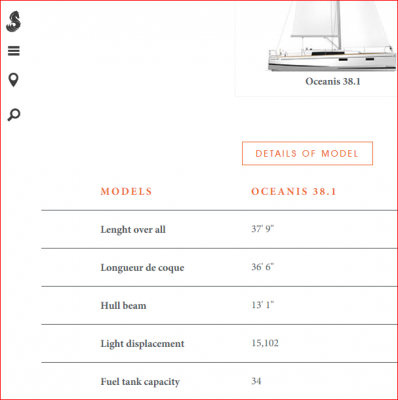Warren Holybee
Active Member
Eliana was weighed by a licensed US Sailing measurer today. Any guesses?


I’m thinking Dave A must be correct. Maybe there were some great variants in the layup on the boats. I’ve had ours weighed on 3 different lifts, even though they often are not precise, the dry boat weight was closer to 17,800-18,000lbs on all three lifts. We had a bad weigh at around 16,000...turns out after subsequent weighs it was wrong.I'm not sure what constitutes an "official" weight. The 15,720 mine weighed at is probably as official as it gets, as that was a US Sailing certified measurer at a measuring event for the Pacific Cup. I did finally get my "certified PHRF" No change in the rating. I was told as much earlier that it wouldn't likely change, as the PHRF rating is empirical based on past performance, not based on measurements or calculations.
Thanks WarrenI recall reading that it was for a correctly trimmed sail, so I assume that is for whatever track is best for the windspeed and angle, and maybe even a barber hauler. I don't think the model knows where the track is. Reef is given as a decimal between 0 and 1, 1 being 100% of the sail. Trim (flatness) is also given as a number between 0 and 1, with 1 being "fully powered up. If find that in the conditions usually present in SF I get better VMG sailing lower and on the outside track. I can sail to 27 degrees apparent on the outside track with my 130%. On the inside track it "points" higher, but has too much leeway to make any VMG. I just go sideways.
My start is at 11am, with only 3 other boats. It is me, 2 cal 40's, and an express 27. Somehow, the express 27 rates only slightly faster (dw 632) than the Morgan 382 (dw 655), even though it can make 20kts of boat speed downwind. Doesn't make any sense at all.
The Morgan is the slowest rated boat in all of the scored divisions.
